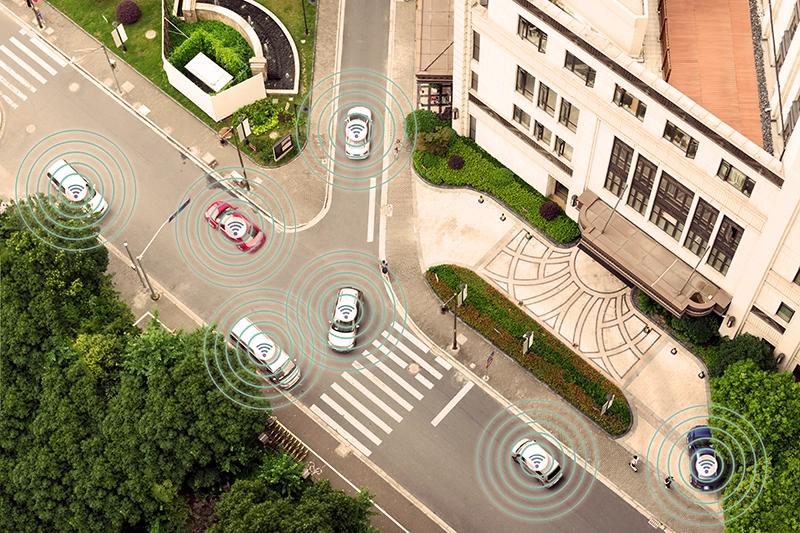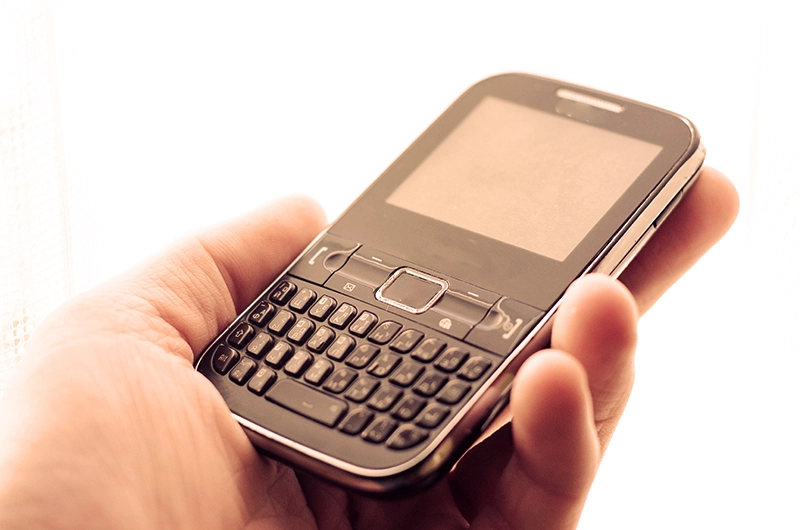The evolution of cellular technology has revolutionized the way we communicate and access information. From 2G cellular networks, which enabled basic voice and text services, to the latest 5G networks that offer high-speed, low latency connectivity, the journey of cellular technology has been remarkable. Along the way, there have been significant advancements with the introduction of 3G and 4G, providing faster data speeds and improved connectivity, enabling new mobile applications and services. With the advent of IoT and the need for low-power devices, Low-Power WAN (LPWAN) has also emerged as a complementary technology to traditional cellular networks.
2G & 3G
2G and 3G are older generations of mobile network technology that were widely used before the advent of 4G and 5G. 2G, introduced in the 1990s, offered basic voice and text communication, while 3G added support for data services such as internet browsing and email. Both 2G and 3G networks were designed for voice communication primarily and have lower data transfer speeds. Security at the time was not as advanced so there was an extreme lack of security compared to newer cellular technologies. These networks are still in use in some areas, particularly in developing countries and rural areas where 4G and 5G networks are not yet available. However, the use of 2G and 3G is rapidly decreasing and network operators are in the process of decommissioning the technology in many areas.
Read more about the sunset of 2G and 3G technology in the US and other countries.
4G & LTE
4G and LTE (Long-Term Evolution) are previous generations of mobile network technology that offer faster data speeds and improved connectivity compared to 3G. 4G and LTE networks have improved security over 2G and 3G technology and support more devices, enabling more efficient communication and data transfer. These improvements have also opened opportunities for wireless Internet at business locations and in the home. The technology has provided a solid foundation for many current mobile applications and is still widely used today.
NB-IoT
Narrowband Internet of Things (NB-IoT) is a LPWAN technology that supports longer battery life for stationary IoT devices requiring very low data transmission. NB-IoT technology uses the buffers of larger use channels outside the LTE spectrums and limits the bandwidth to a single narrow-band of 200kHz. This allows there to be a long-term solution that works along with LTE technology, assuring it will be around for years to come.
With NB-IoT the expected battery life can be more than 10 years with a wide range of use cases. It also has excellent penetration making it possible to reach more remote locations such as underground and inside buildings. Learn more about NB-IoT connectivity.
LTE-M
LTE-M, or Category-M1 (Cat-M1), focuses on providing a robust solution that can handle bigger data requirements and some voice capabilities. It transmits using a bandwidth of 1.4MHz making it compatible with the existing LTE network. This is good news for carriers as they do not have to spend the money and install new antennas. LTE-M provides speeds of up to 1Mbps for uses that require slightly greater data rates than NB-IoT allows. Learn more about LTE-M connectivity.
5G
 5G is the latest generation of mobile network technology that offers faster speeds, lower latency, and improved connectivity compared to its predecessor, 4G. With the 5G network, communication between devices is more efficient, faster, and reliable. 5G can also support more devices, which opens new opportunities for businesses in many industries.
5G is the latest generation of mobile network technology that offers faster speeds, lower latency, and improved connectivity compared to its predecessor, 4G. With the 5G network, communication between devices is more efficient, faster, and reliable. 5G can also support more devices, which opens new opportunities for businesses in many industries.
Read more about 5G connectivity.
6G
6G is the next generation of mobile network technology that is currently being researched and developed to meet the growing demands of the digital world. It is expected to offer faster speeds, lower latency, more reliable connections, wider range of frequencies and enhanced security and privacy features compared to 5G. It will enable new capabilities such as ultra-high-definition video streaming, holographic communications, virtual reality and high-resolution imaging and sensing.
It is important to note that 6G is still in the research and development phase, and it’s not expected to be fully deployed until at least 2030.



